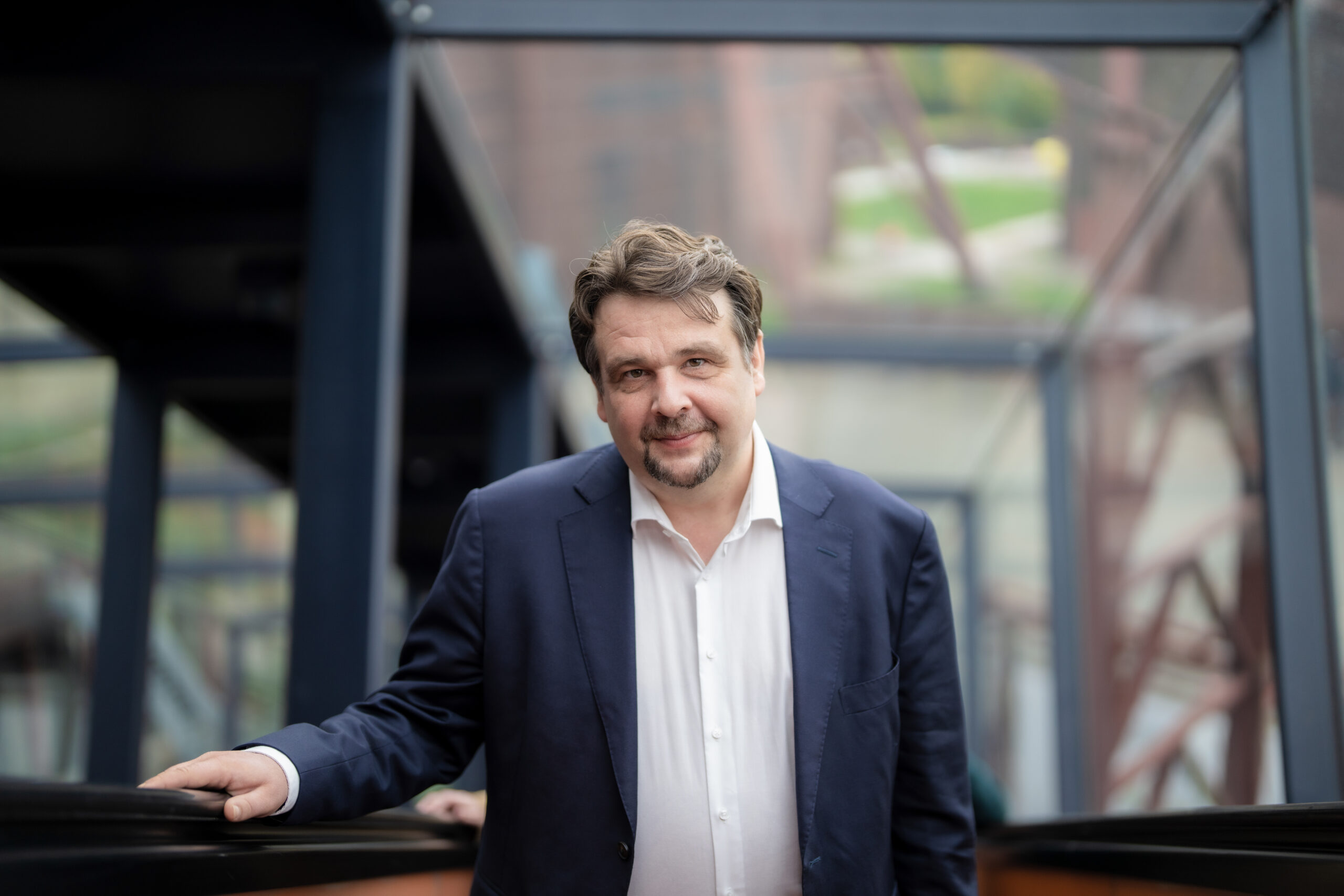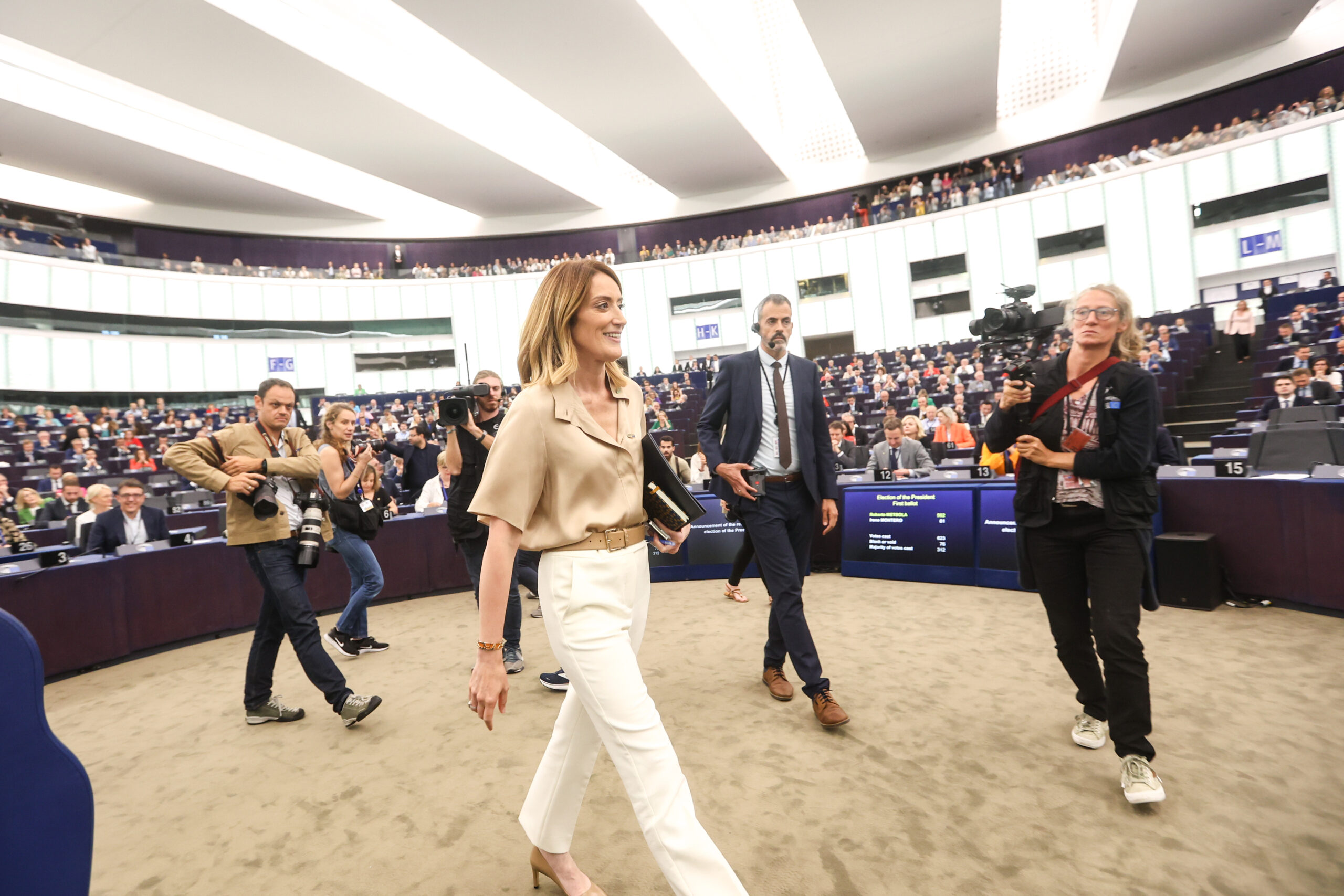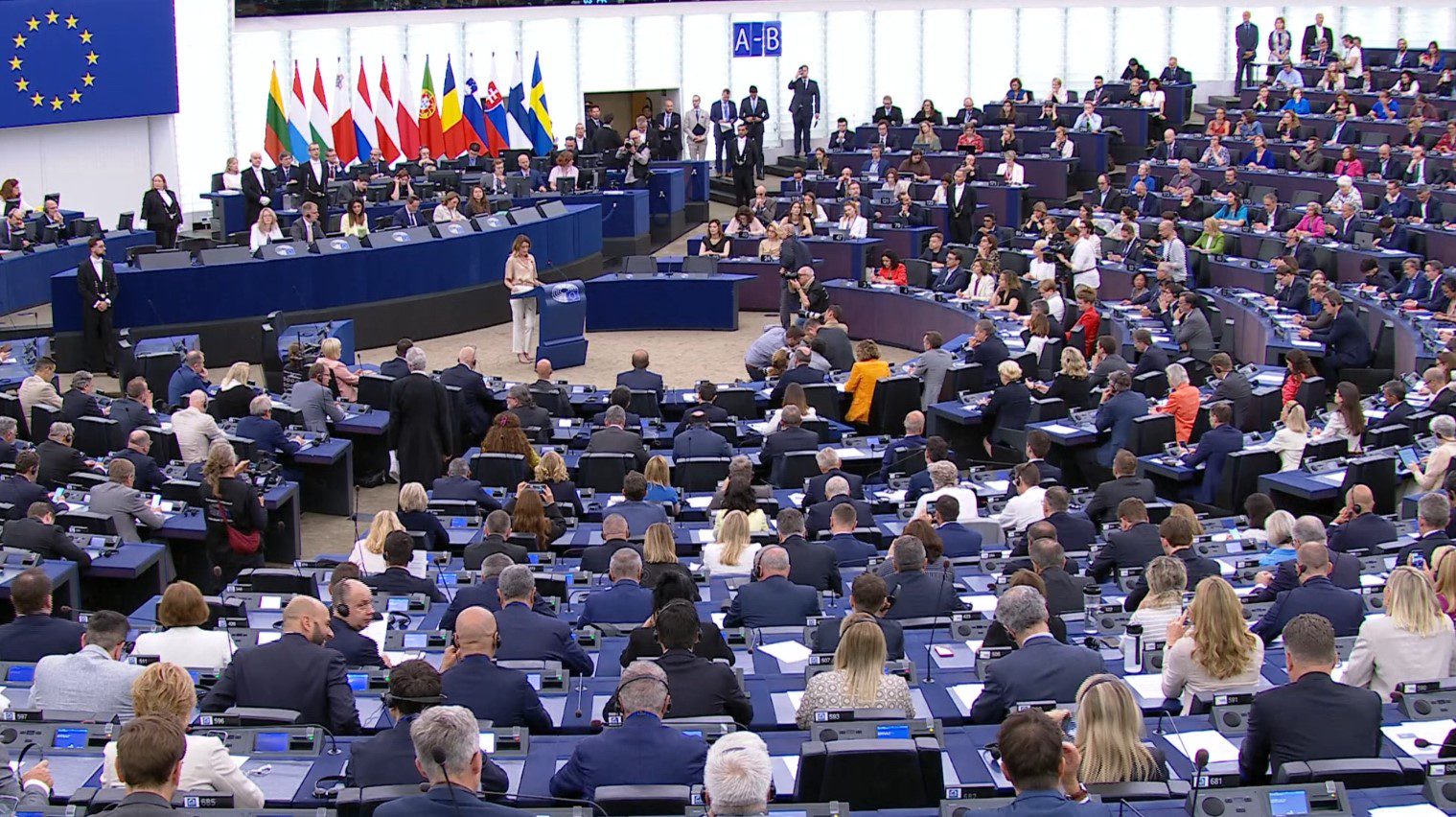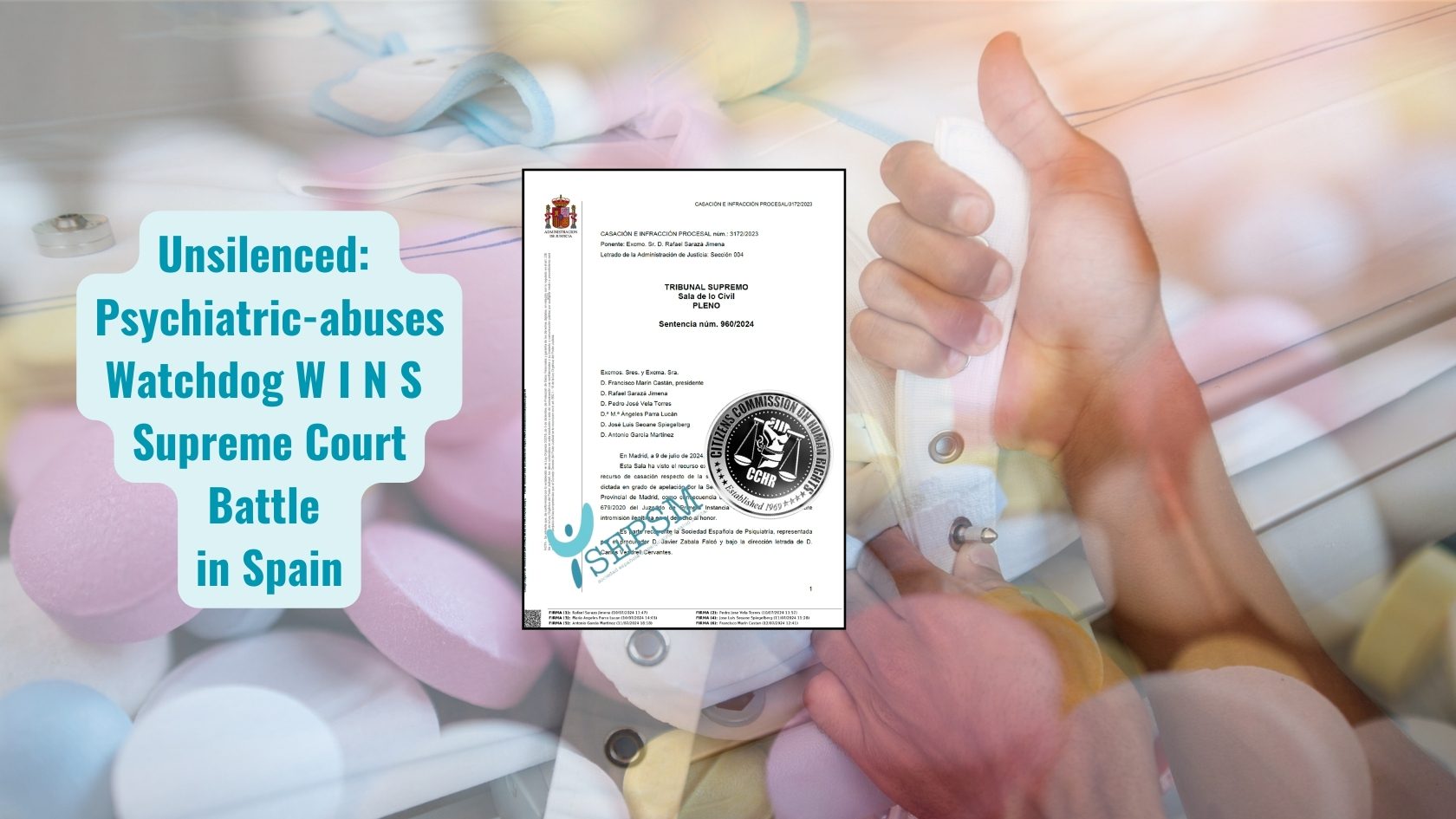In 1996, I was publishing a report entitled AP, a disease for the 21st century. I was working as a press officer in an office for an addiction clinic when, doing a television series called Group Therapy, I interviewed a nurse who was Addicted to people. She could not understand her long-lasting or troubled relationships without the attachment she got from being psychologically and physically attached to a person. On that occasion we talked about the phenomenon of Gender Violence and the recurrent abuse she had been subjected to all her life, with an abusive father and life partners with identical characteristics.
At that time I was involved, nothing has changed, in the study of new beliefs and new religious movements, and it was clear to me that this attachment or addiction to people, which to a greater extent we could all suffer at some point in our lives, would be a question, not so much of the manipulation to which we could be subjected by people belonging to a particular credential group, but rather to our emotional deficiencies or self-esteem. That made me wonder if we ourselves are to a large extent to blame or partly to blame for falling into the jaws of certain modern predators who are only trying to manipulate us for their own benefit.
In this approach to the phenomenon of Codependence and the new religious movements, I have thought of delving into some cases that happened to me, how I acted and above all in what leads me, after years, to be clear that in the end we are the architects (guilty) of our own attachment to any type of group, rite or manipulative environment of those around us, whether religious, social, cultural or political. During this journey we will see how my way of observing groups and the perception of them evolved in the 80’s and 90’s and the one we have now.
I was fortunate to study in a fairly liberal religious seminary in the late 70’s and therefore I never maintained a fanatical attitude about concepts of truth, god or radical spiritual feelings and beliefs, which always helped me a lot to analyze with a certain rigor and totalitarian distance any belief that the other has.
One of my first contacts was in the late 70’s in an uncrowded train station. It was late at night and I was waiting to catch one of those slow and heavy night trains to go home. I had three days off after having been studying for almost a couple of months without a break. That’s what I was doing when a young man sat next to me, a little older than me, who from the first moment showed interest in establishing contact with me, and it was clear to me when he approached me and said: –Hello, can I sit here with you? I saw you alone and I thought, why not chat with him? That made annoyed me and made me be alert, it was, let’s remember, the end of the 80’s (1980) and I immediately thought he wanted to flirt with me. However, a small observation of his clothes, his attitude and above all the strangeness I felt when I saw him with a toupee, alerted me that I was being approached by a member of the then known as dangerous cult, Hare Krishna.
In those years, everything that distanced us from our Holy Mother Church was sinful and sectarian, we lived in a society still impregnated with confused ideas about the power of God and the malignities of the devil. Everything that moved away from the shadow of the angels’ wings moved closer to the redoubt of the most absolute darkness. Those were convulsive years for all the religious groups or movements that tried to advance. Without forgetting others that in times of Francoism, dragged the stigma of terrorists (Jehovah’s Witnesses) or communists (the Hermandades Obreras de Acción Católica, among other groups, including all evangelicals).
Of course I accepted to let him sit next to me, I talked to him and let myself be seduced while he was doing time. Perhaps I would have liked it better if he had worn his saffron robe, drums and bells, so that I could sing with him Hare Krishna, Hare Krishna, Krishna Krishna, Hare Hare. He tried to manipulate me into buying him a book about his faith, written by Bhaktivedanta Swami Prabhupada, a very exotic character for the time, although with thousands of followers all over the world. Let us not forget, from a distance, that in the 1990s, George Harrison himself, a member of the Beatles, embraced these beliefs after having been, in childhood, baptized as a Catholic or Protestant, and was the best representative of Prabhupada in the West. He never felt trapped or manipulated, based on his many public appearances in saffron robes and worshipping his religious leader.
Of course I let myself be seduced, and although my meager economy suffered a small setback, I bought the book. It was very late and that boy looked exhausted. Besides, I remembered things about the evils that were said about them, that if they trafficked in arms, that if white slave trade, that if child exploitation, etc. They were never prosecuted for any of this, although it is clear that when you remove the pipes from the toilets of the houses, you can always find a smell of shit.
However, that night I learned that for someone in need of affection, with affective deficiencies and even prone to addiction to people that situation would have been a good way to get hooked, first to the boy and then to the group. In the end, in my case, that young man shut me up well, and I even felt sorry for him (I empathized) and possibly I would have taken the contact further, always controlling the times, the forms and the spaces (at that time I did not let a moment pass to devour knowledge), if it had not been for his refusal to facilitate a form of contact outside the group.
As the years went by I was in some of their headquarters, and I saw that they had never danced with the devil, that they had no horns or weapons, and I understood that each one tries to live his religion as he can or as he wants. I loved that George Harrison became Hare Krishna and I recognize that I have hummed some of his mantras on drunken nights. Today they have headquarters located in every country where their followers are and from time to time they go out on the street with their saffron robes, drums and bells to collect a few coins, selling books or vegetables. Their carbon footprint is very small and today they are a very colorful group.
However, there are still some snooty investigators who still handle lists from the 80’s and 90’s that accuse them of being sectarian, arms dealers and a whole string of bickering from the past.
In the next article I will tell you some anecdotes about Jehovah’s Witnesses, also in those years. Oh, and let’s not forget to let people live in peace, as long as they do not want to impose their ideas by force.














